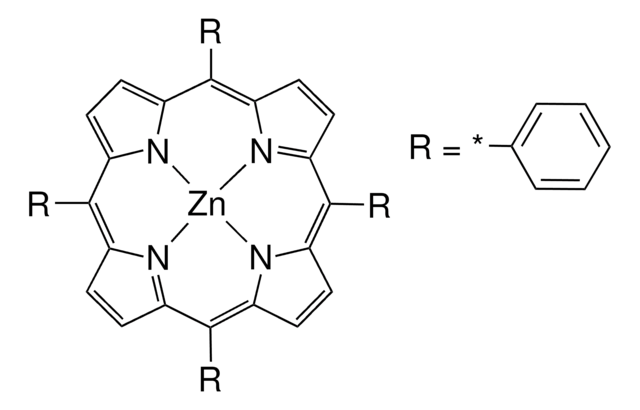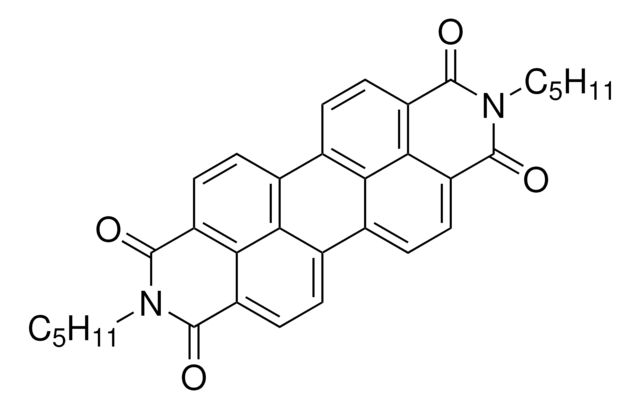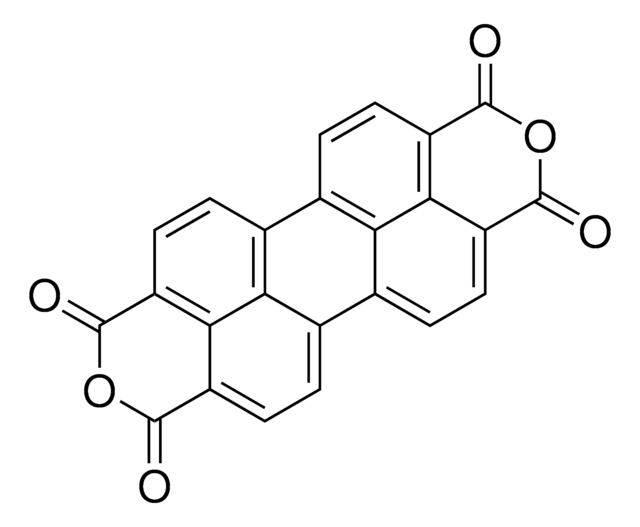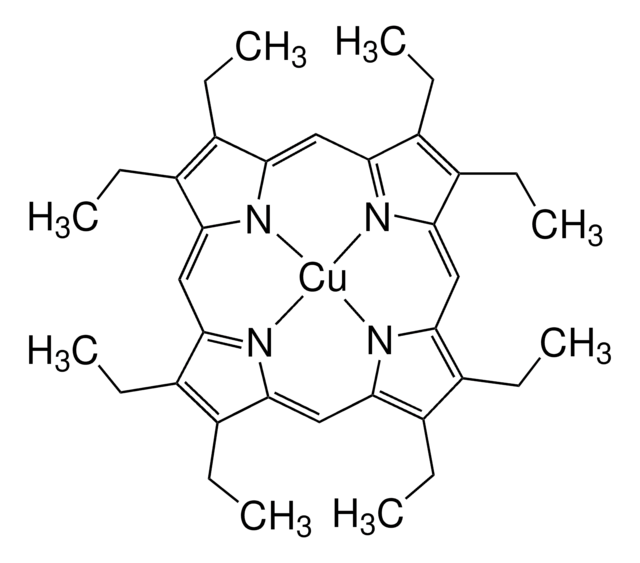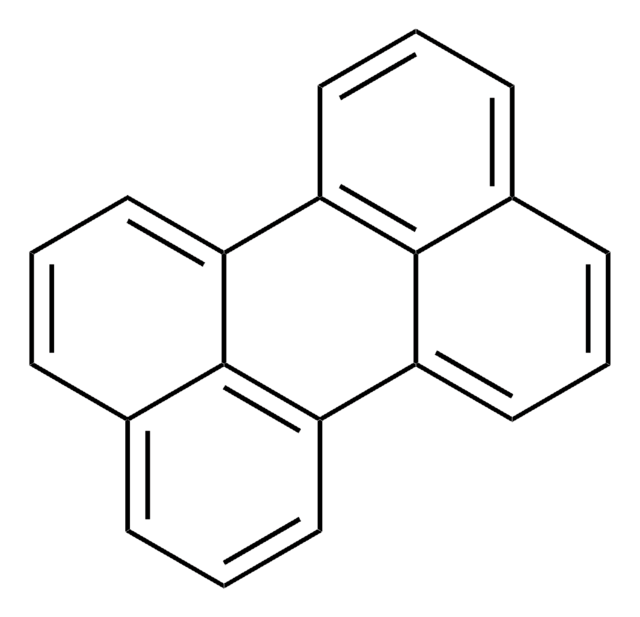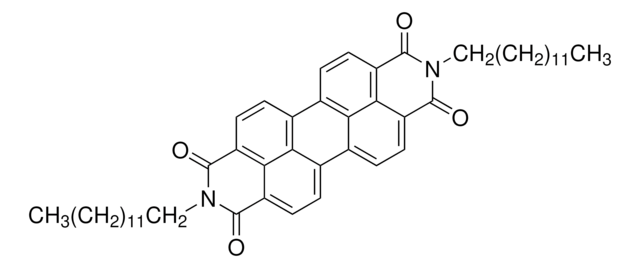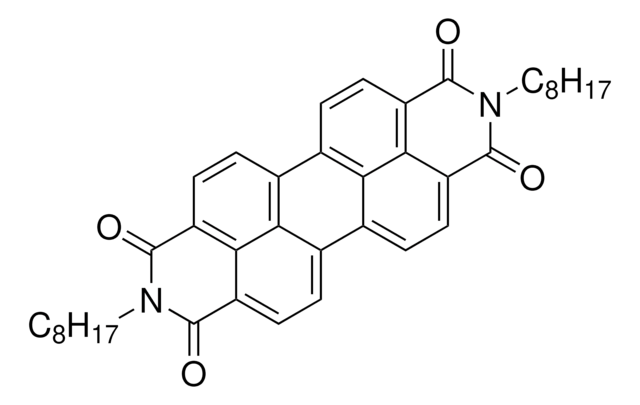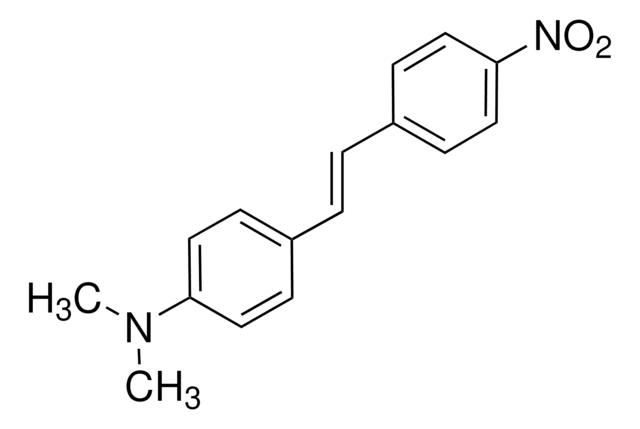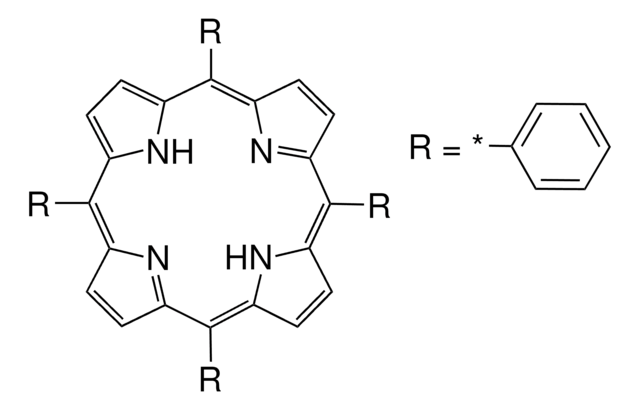264229
N,N′-Bis(2,5-di-tert-butylphenyl)-3,4,9,10-perylenedicarboximide
Dye content 97 %
About This Item
Recommended Products
Assay
97%
form
solid
composition
Dye content, 97%
mp
>300 °C (lit.)
λmax
528 nm
semiconductor properties
N-type (mobility=1.8x10−4 cm2/V·s)
SMILES string
CC(C)(C)c1ccc(c(c1)N2C(=O)c3ccc4c5ccc6C(=O)N(C(=O)c7ccc(c8ccc(C2=O)c3c48)c5c67)c9cc(ccc9C(C)(C)C)C(C)(C)C)C(C)(C)C
InChI
1S/C52H50N2O4/c1-49(2,3)27-13-23-37(51(7,8)9)39(25-27)53-45(55)33-19-15-29-31-17-21-35-44-36(22-18-32(42(31)44)30-16-20-34(46(53)56)43(33)41(29)30)48(58)54(47(35)57)40-26-28(50(4,5)6)14-24-38(40)52(10,11)12/h13-26H,1-12H3
InChI key
BIYPCKKQAHLMHG-UHFFFAOYSA-N
General description
Application
Signal Word
Warning
Hazard Statements
Precautionary Statements
Hazard Classifications
Eye Irrit. 2 - Skin Irrit. 2 - STOT SE 3
Target Organs
Respiratory system
Storage Class Code
11 - Combustible Solids
WGK
WGK 3
Flash Point(F)
Not applicable
Flash Point(C)
Not applicable
Personal Protective Equipment
Regulatory Listings
Regulatory Listings are mainly provided for chemical products. Only limited information can be provided here for non-chemical products. No entry means none of the components are listed. It is the user’s obligation to ensure the safe and legal use of the product.
JAN Code
264229-100MG:
264229-VAR:
264229-BULK:
Certificates of Analysis (COA)
Search for Certificates of Analysis (COA) by entering the products Lot/Batch Number. Lot and Batch Numbers can be found on a product’s label following the words ‘Lot’ or ‘Batch’.
Already Own This Product?
Find documentation for the products that you have recently purchased in the Document Library.
Articles
Intrinsically stretchable active layers for organic field-effect transistors (OFET) are discussed. Polymer structural modification & post-polymerization modifications are 2 methods to achieve this.
Fabrication procedure of organic field effect transistor device using a soluble pentacene precursor.
There is widespread demand for thin, lightweight, and flexible electronic devices such as displays, sensors, actuators, and radio-frequency identification tags (RFIDs). Flexibility is necessary for scalability, portability, and mechanical robustness.
Our team of scientists has experience in all areas of research including Life Science, Material Science, Chemical Synthesis, Chromatography, Analytical and many others.
Contact Technical Service